Overview
For more than 100 years, regenerated cellulose fiber has been deeply loved by consumers for its good hygroscopicity, antistatic properties and good coloring properties. Before the 1970s, viscose fiber, one of the regenerated celluloses, was once a major variety of chemical fiber producers. However, with the emergence and development of new varieties of synthetic fibers, and the long and complicated production process of viscose fiber, which consumes a lot of energy and water, it has caused serious environmental pollution. The treatment of waste gas and sewage is difficult and expensive. Largely, some developed countries have closed down some factories producing viscose fiber, causing their world output to drop by about 41% in 20 years.
However, foreign manufacturers and scientific researchers have not given up on research on regenerated cellulose fibers. Scientists from all over the world are working hard to find a method that can be directly dissolved with solvents to produce cellulose fibers to reduce environmental pollution but not lack of Characteristics of cellulosic fibers. This is the study of solvent-spun cellulose fibers.
1. Development of new solvent-spun cellulose fibers
Research on solvent-spun cellulose fibers began in 1939. For decades, scientists have searched for and tested a variety of direct solvents for cellulose. However, from the perspective of industrialization, the following cellulose solvents have important industrial significance.
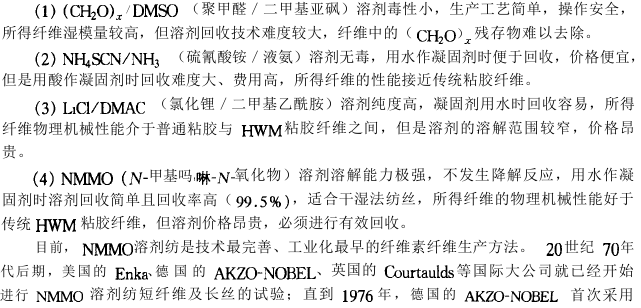

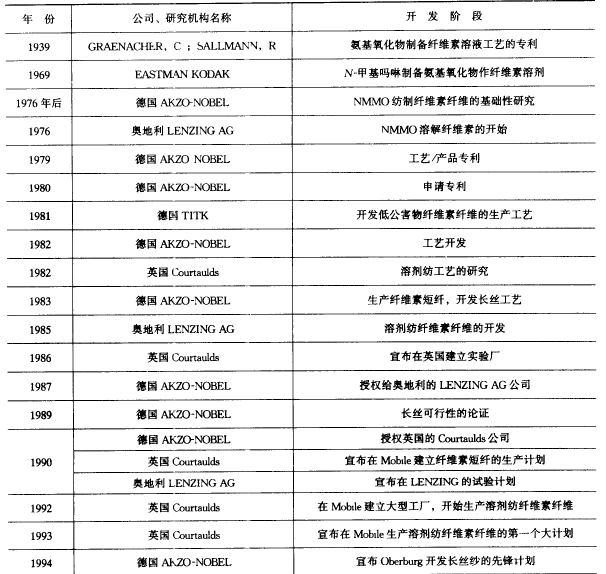

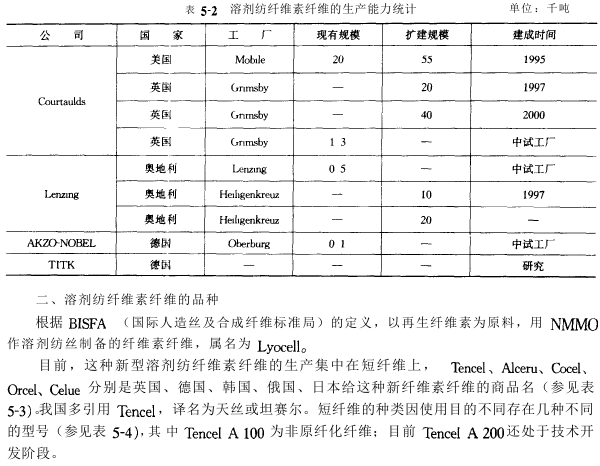
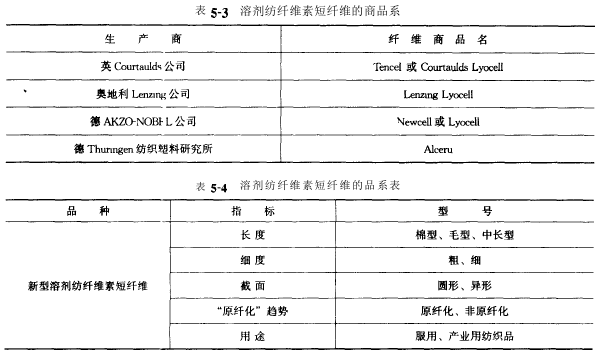
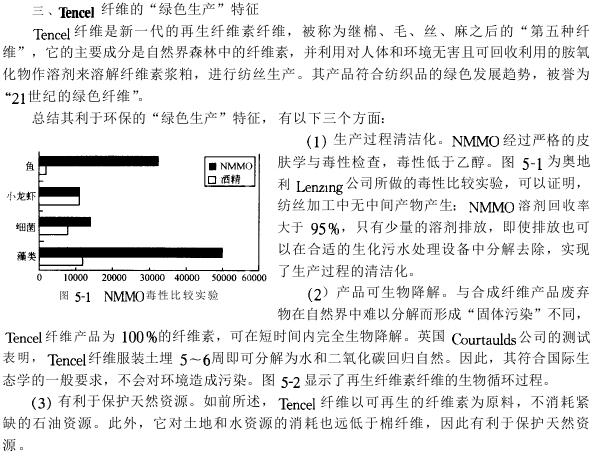
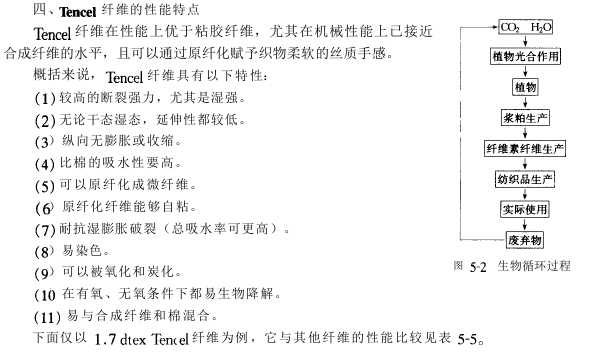
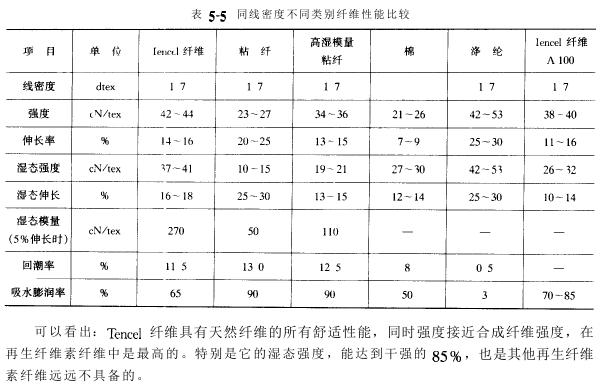
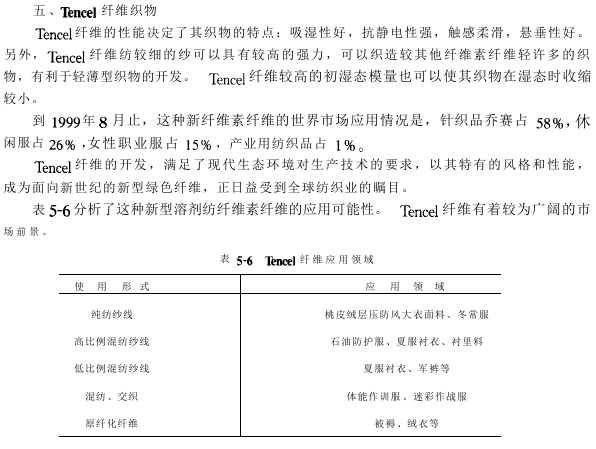
AAASVSGHRUTO







